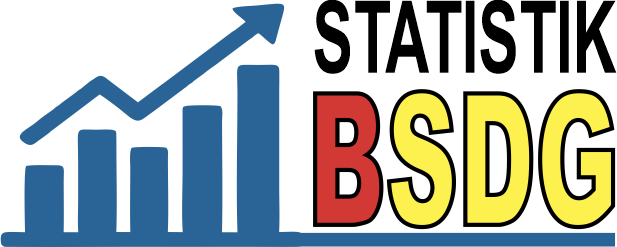BIOLEACHING FOR THE RECOVERY OF METALS PEMISAHAN UNSUR LOGAM DENGAN BIOLEACHING
Abstrak
A simple laboratory experiment has been conducted in order to demonstrate the ability of bacteria to leach the metal elements from insoluble ores or solid substrates. The experiment was conducted in a leaching column that was set up using 5 cc syringe that contained 1 cc of glass wool and 3.5cc of mine tailings. The basal salt was used as an inoculation media while mine tailing was used as a leaching subject and a source of bacterial leaching. Bacterial leaching was isolated using the most probable number (MPN) technique. Overall, the results of the experiment showed the capability of bioleaching process to recover metals from the mine tailings.
##plugins.generic.usageStats.downloads##
Referensi
Bauer HP, Beckett PHT, Bie SW (1972) A rapid gravimetric method for
estimating calcium carbonate in soils. Plant Soil, 37, 689-690.
Butkute, R (2006) Calcium and magnesium concentrations in the leachate from permanent meadow soils. Grassland Science in Europe, 11, 718-720.
Cochran WG (1950) Estimation of Bacterial Densities by Means of the
"Most Probable Number".Biometrics, 6, 105-116.
Deveci H, Akcil A, Alp I (2003) Parameters for control and optimization of
bioleaching of sulfide minerals. In:Process control and optimization in
Ferrous and Non Ferrous Indusry(eds Kongoli F, Sawamiphad K), Turkey.
Escobar B, Buccicardi S, Morales G,Wiertz J (2010) Biooxidation of ferrous iron and sulphide at low temperatures: Implications on acid mine drainage and bioleaching of sulphide minerals. Hydrometallurgy, 104, 454-458.
Kumar RN, Nagendran R (2007) Influence of initial pH on bioleaching of heavy metals from contaminated soil employing indigenous Acidithiobacillus thiooxidans.Chemosphere, 66, 1775-1781.
Mielke R, ., Pace D, Porter .T, G S (2003,) A critical stage in the formation of acid mine drainage: colonization of pyrite by Acidithiobacillus ferrooxidans under pH-neutral conditions. Geobiology, 1, 81-90.
Olson GJ, Brierley JA, Brierley CL (2003) Bioleaching review part B. Appl
Microbiol Biotechnol, 63, 249-257.
Sand W, Gehrke T, Jozsa P-G, Schippers A (2001) (Bio)chemistry of bacterial leaching—direct vs. indirect bioleaching. Hydrometallurgy, 59,
-175.
Saririchi T, Azad RR, Arabian D, Molaie A, Nemati F (2012) On the optimization of sphalerite bioleaching; the inspection of intermittent irrigation, type of agglomeration, feed formulation and their interactions on the bioleaching of low-grade zinc sulfide ores. Chemical Engineering
Journal, 187, 217-221.
Southam G, Beveridge T (1992) Enumeration of thiobacilli within Hneutral
and acidic mine tailings and their role in the development of secondary mineral soil. Applied and environmental microbiology, 58, 1904-1912.
##submission.copyrightStatement##
##submission.license.cc.by-nc-sa4.footer##Penulis yang naskahnya diterbitkan menyetujui ketentuan sebagai berikut:
Hak publikasi atas semua materi naskah jurnal yang diterbitkan/dipublikasikan dalam situs Buletin Sumber Daya Geologi ini dipegang oleh dewan redaksi dengan sepengetahuan penulis (hak moral tetap milik penulis naskah).
Ketentuan legal formal untuk akses artikel digital jurnal elektronik ini tunduk pada ketentuan lisensi Creative Commons Attribution-ShareAlike (CC BY-SA), yang berarti Buletin Sumber Daya Geologi berhak menyimpan, mengalih media/format-kan, mengelola dalam bentuk pangkalan data (database), merawat, dan mempublikasikan artikel tanpa meminta izin dari Penulis selama tetap mencantumkan nama Penulis sebagai pemilik hak cipta.
Naskah yang diterbitkan/dipublikasikan secara cetak dan elektronik bersifat open access untuk tujuan pendidikan, penelitian, penyelidikan, dan perpustakaan. Selain tujuan tersebut, dewan redaksi tidak bertanggung jawab atas pelanggaran terhadap hukum hak cipta.















